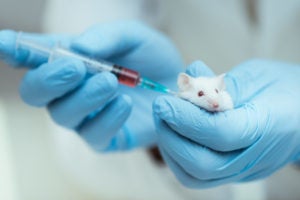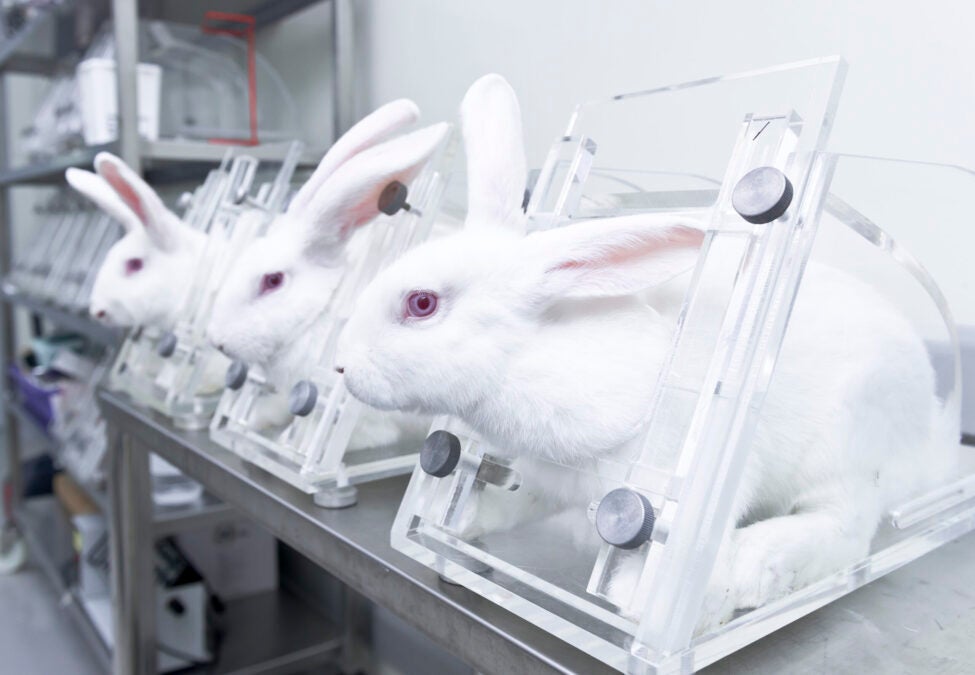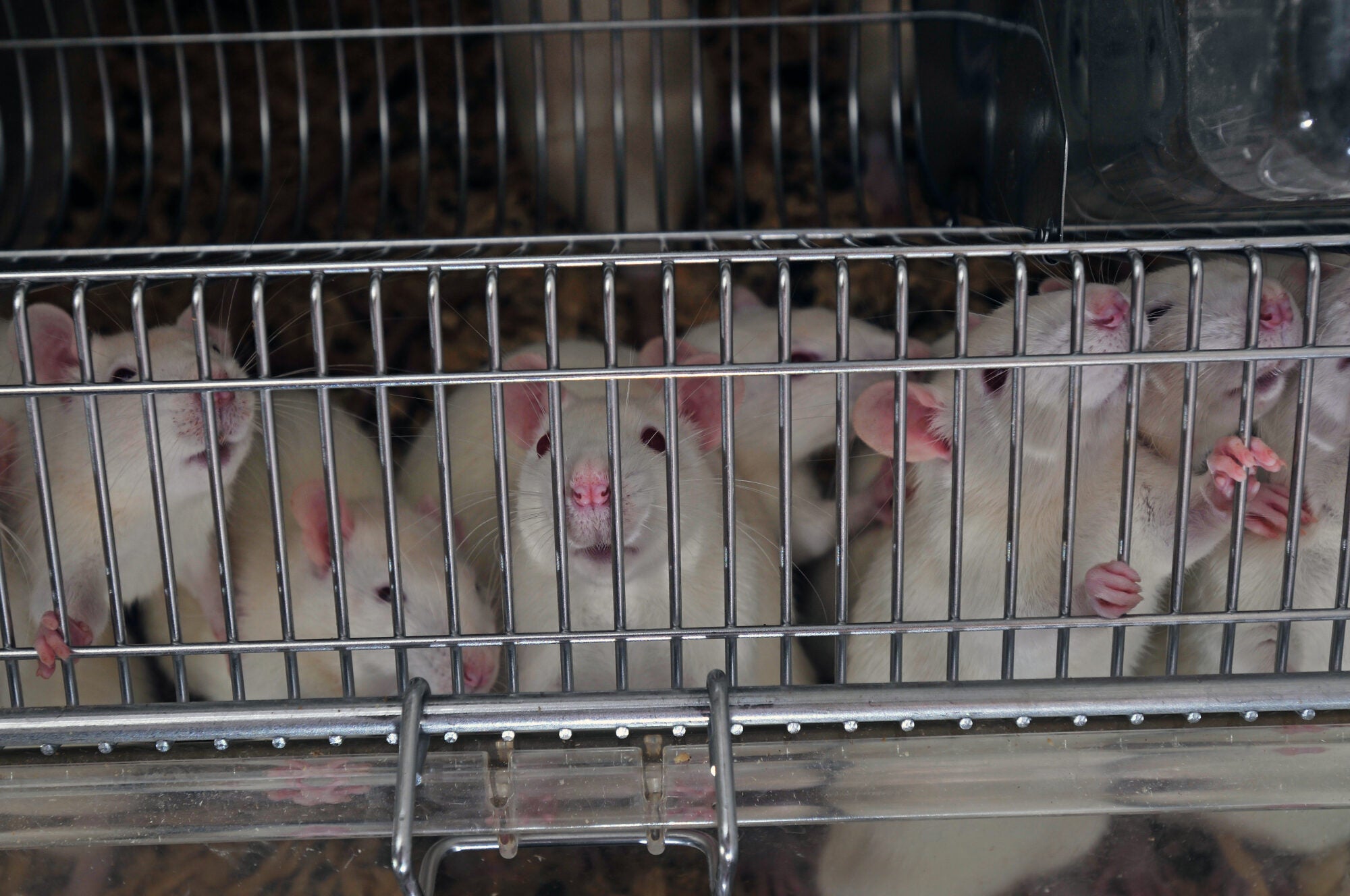
BRUSSELS—A new paper published this month in Regulatory Toxicology and Pharmacology by Unilever, Procter & Gamble, Innospec and other members of the Animal-Free Safety Assessment Collaboration has exposed numerous concrete examples of acceptance barriers to companies’ good-faith attempts to honour the requirement under European chemicals law that new animal testing may only be undertaken “as a last resort.”
The peer-reviewed article, “The last resort requirement under REACH: from principle to practice,” also provides recommendations to enhance the governance and enforcement of the legal requirement established in the EU Registration, Evaluation, Authorisation and Restriction of Chemicals (REACH) regulation. If implemented, the AFSA suggestions would significantly advance science and animal welfare by helping to inform upcoming plans to revise REACH and develop an EU roadmap for phasing out animal testing in the chemicals and other regulated product sectors.
Members of AFSA have issued the following statements:
“This paper highlights the challenges and type of barriers that REACH registrants often face when using non-animal methods to try to meet various test requirements,” said Anders Bergqvist, PhD, head of toxicology team for Global Product Compliance Europe. “While we will certainly continue to aptly use non-animal methods, we hope that the recommendations presented in this paper will be adopted by the European Commission and the European Chemicals Agency so that animal testing under REACH, before being phased out, can be reduced to the absolute minimum.”
“All scientists must uphold the legal requirement that animal testing is conducted only ‘as a last resort’ when addressing REACH information requirements,” said Dr Carl Westmoreland for Unilever’s Safety and Environmental Assurance Centre. “To ensure that this principle is transparently applied to all proposed testing, it is essential that new science which offers advanced approaches to adapting standard information requirements is robustly applied, discussed and submitted.”
James Dawick, senior toxicology and risk assessment manager, and Ian Callan, vice president global regulatory compliance and ESG, Innospec, together said: “Innospec is very proud to have collaborated with AFSA colleagues on this important publication. As an organisation we are working hard across multiple forums to eliminate the need for animal testing. This publication provided a great opportunity for us to highlight some of the challenges and opportunities on the subject, specifically in regard to EU REACH. Innospec sincerely hopes the case studies and solutions provided in this AFSA paper serves to stimulate dialogue with key stakeholders and catalyse the necessary changes to ensure animal testing is used as a last resort under EU REACH.”
“As P&G is a founding member of AFSA, we are happy to have contributed to hands-on ingredient examples evidencing how well animal-free methods address safety questions without the need for new animal data,” said Dr Xiaoling Zhang, senior scientist and toxicologist, Central Product Safety, Global Product Stewardship for Procter & Gamble. “We hope this paper will build trust and help accelerate the global adoption of non-animal methods for chemical safety assessments.”
“We are proud to support efforts that will help drive greater acceptance of new approach methodologies to validate the safety of ingredients around the world,” said Ben Carrick, head of global public policy at Kenvue. “Through the implementation of these recommendations, we hope we can reduce the need for unnecessary testing on animals and only leverage these outdated methods as a last resort for chemicals regulation in the EU.”
“Companies should not be penalised for obeying the law and making best efforts to avoid new animal testing except as a ‘last resort’,” said Jay Ingram, director of chemicals for Humane Society International. “Chemicals, chemical regulations, guidance and regulatory compliance reviews by the European Chemicals Agency and EU Member States should facilitate, not impede, compliance with this legal mandate. We hope our publication sparks dialogue and action to ensure regulatory enforcement mechanisms are appropriately leveraged in the pursuit of protecting human and environmental health and animal welfare—a true win, win, win for everyone.”
ENDS
Media Contact: Emily Ehrhorn: eehrhorn@humanesociety.org; 202-779-1814
Notes:
- Despite efforts from regulatory bodies to increase the use and acceptance of non-animal methods such as read-across, a popular non-animal approach, their use has remained static from 2016 to 2022. Given the predicted increase in the number of chemicals proposed in the EU over the next 30 years, it is vital that companies are adequately supported in the safety assessment process.
- Co-operative efforts to further support the transition towards an animal-free future of chemical legislation require genuine intentions to execute the last resort requirement. The peer-reviewed article sets out recommendations for the European Commission, ECHA, and companies registering new products:
- The study has revealed the redundancy of ECHA’s requested animal tests, Companies who adhere to REACH’s last resort requirement and sufficiently establish safety using non-animal methods have been asked by ECHA to reconsider their approach, being left with no option but to test on animals.
- Some EU-based companies initially use animal tests rather than as a last resort, due to ECHA’s lack of provision, whereby those collecting data to register new chemicals and products face several challenges in satisfying the last resort requirement. For example, data from read-across is often rejected after ECHA reviews.
- Inflexible administrative processes, non-acceptance of non-animal methods, and redundancy of testing can contribute to a fear of rejection from regulators, creating an environment not conducive to mainstream adherence of REACH’s last resort requirement.
- In 2021, the European Parliament called for acceleration towards the transition to innovation without the use of animals in regulatory testing. A 2022 European Citizens initiative signed by over 1.4 million people echoed this notion, supporting the phasing out of animal testing in the EU. The European Parliament response to this initiative repeats its commitment to ‘reducing and potentially eliminating animal testing in the context of chemicals legislation’.



